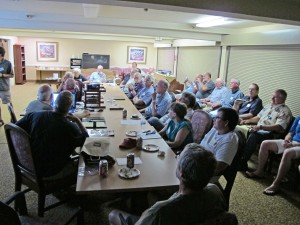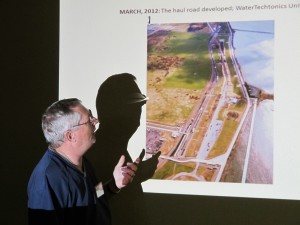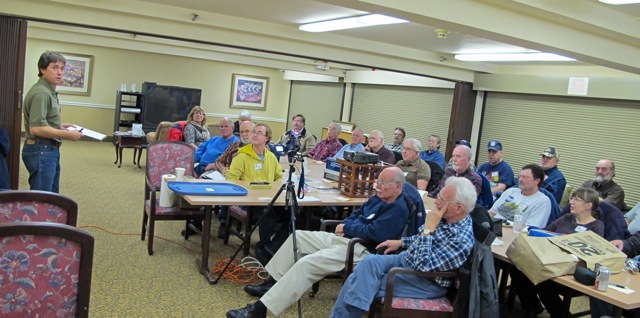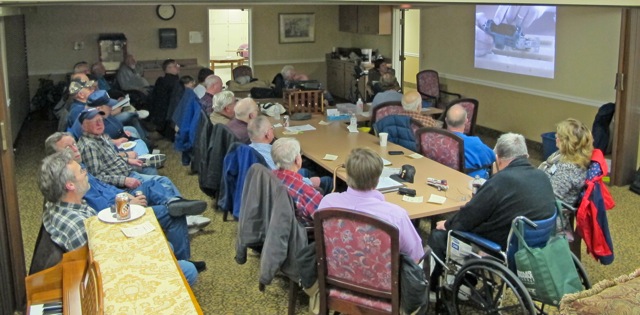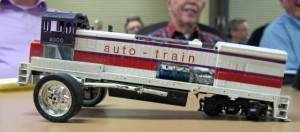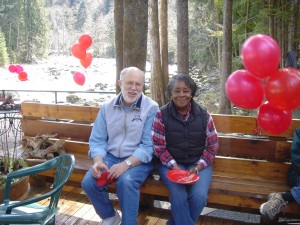Article and Photos by Rich Thom
Clinic Chair Rich Blake welcomed a jovial crowd of 32 to our annual holiday Wassail at the Summerhill facility in Oak Harbor. The large room there (pirated last month by another group) was rightfully ours once again and definitely needed to accommodate the dozens of groaning platters of snacks and sweets: It was not a Weight Watchers meeting! Rich also welcomed newcomer Mike Bernethy and we hope he becomes another regular.
The evening’s diversion, while attendees dug into the goodies on their paper plates, was a slideshow by your reporter titled “No Problem, Sahib” presenting photographic excerpts from his four trips to India between 1982 and 2005. “No problem, Sahib” was something the traveler didn’t want to hear from the train’s conductor, the hired car driver, or the hotel clerk. Because that reassurance actually meant: you had a really big problem! Your train would be hours late or terminated short of its destination; the road ahead was closed and the detour was 140 miles; or despite your reservation, you really had no room at the hotel and it was full. Rail travel seemed chaotic—because it was. Stations were overflowing, as were the trains; even the tracks at busy junctions and stations were used as footpaths home.
In the early 80’s steam still dominated, although dieselization and electrification had made inroads,and the remaining steam on India’s broad (5’6”) and meter gauges comprised mostly standard post-war classes. But itwas still possible to cross the subcontinent entirely behind steam, as your presenter did. The narrow gauge was another draw: hundreds of miles of mostly 2’6” gauge still remained 100-percent steam. Perhaps the most interesting of all was the world-renowned Darjeeling Himalayan Railway, the 2-foot gauge mountain-climbing gem in India’s far northeast, now a UNESCO World Heritage Site.
Maybe more than anything, the rail enthusiast in India was simply overwhelmed by the crush of humanity; the cities and even small villages which seemed to burst with people; the poverty; the incessant toil of the country’s citizens. A handful of photos from the program may give a flavor of Indian train travel during the years your writer traveled there.
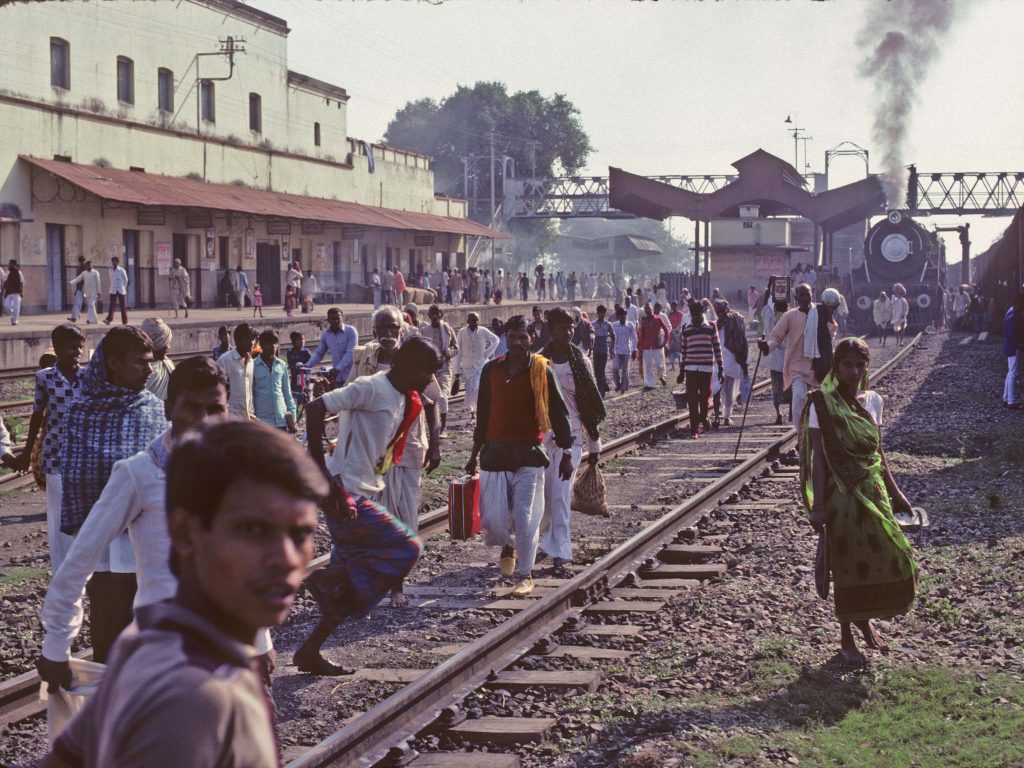
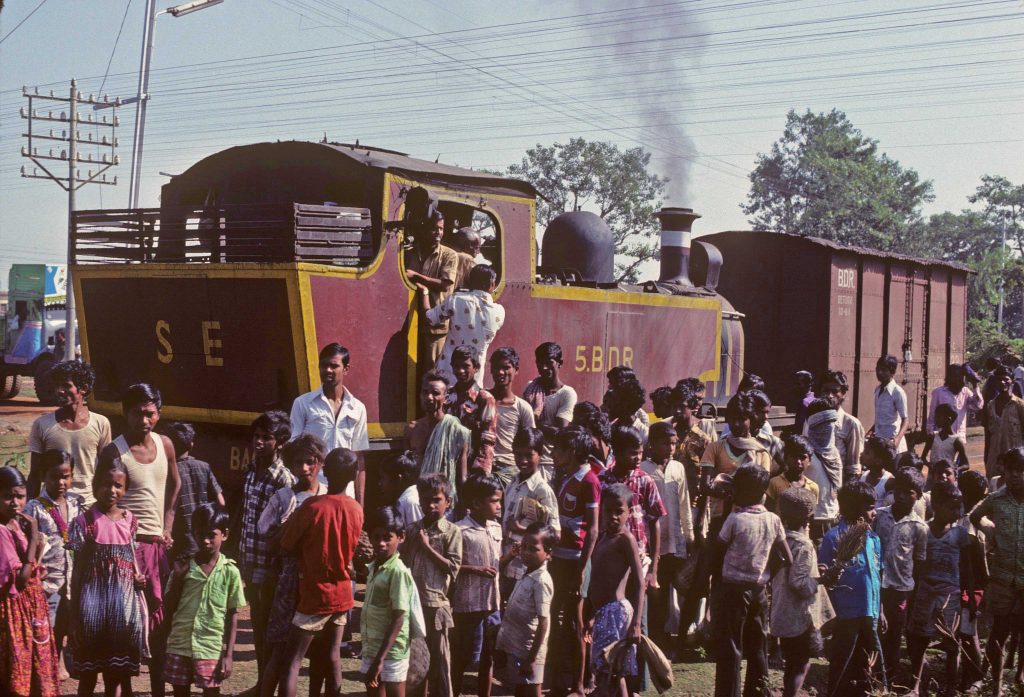
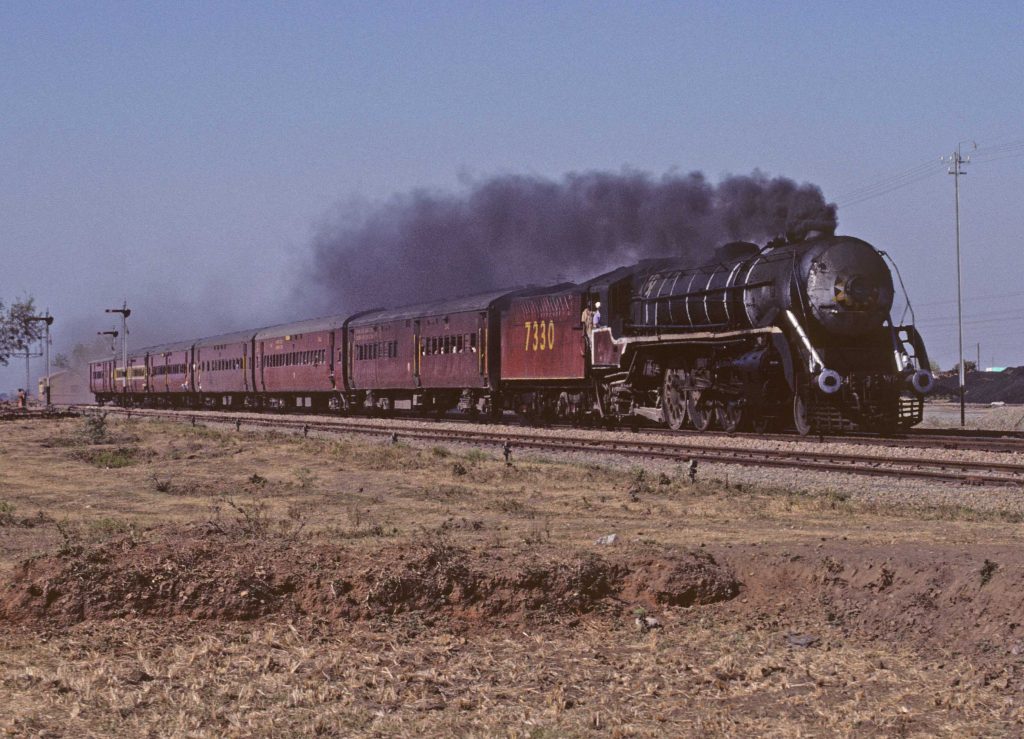
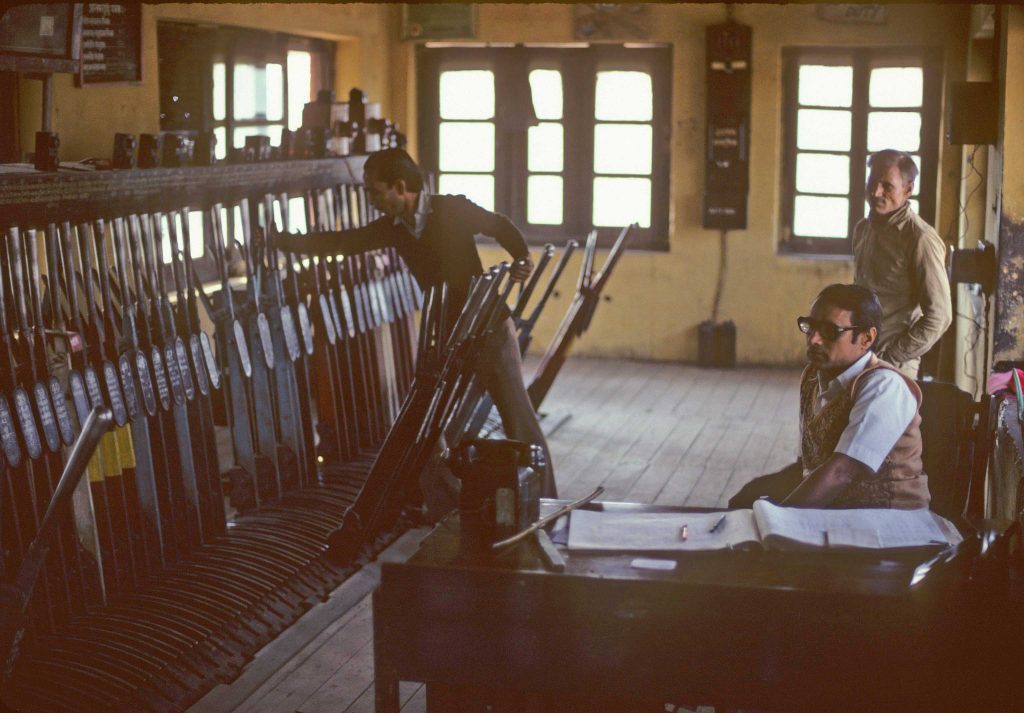
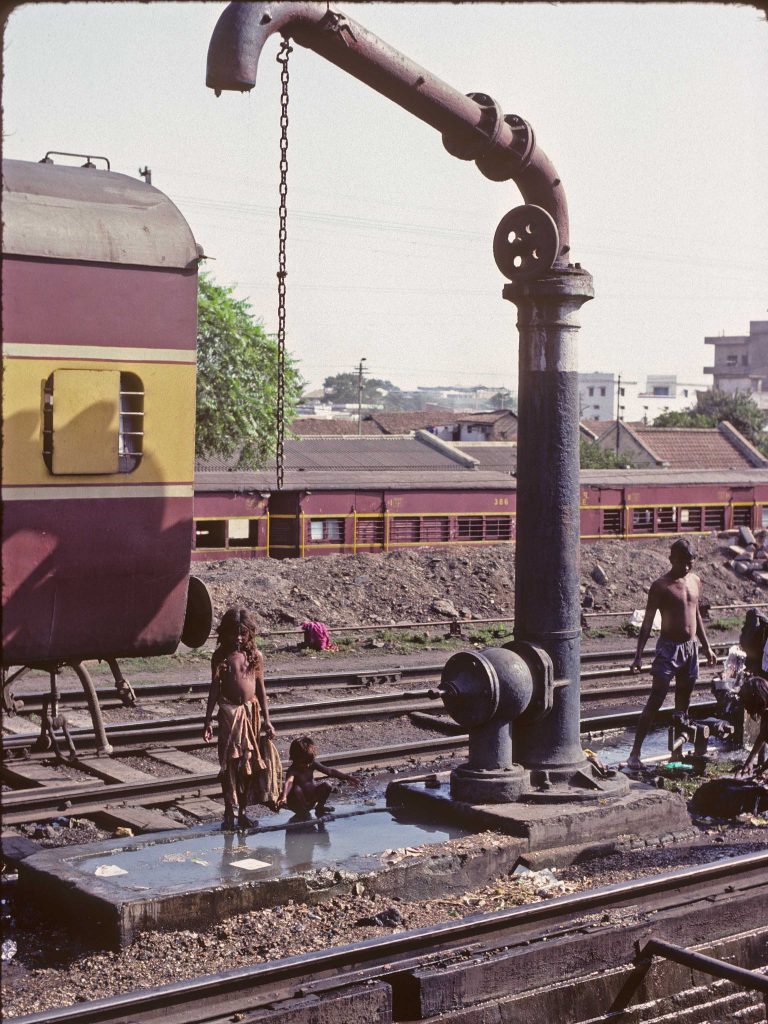
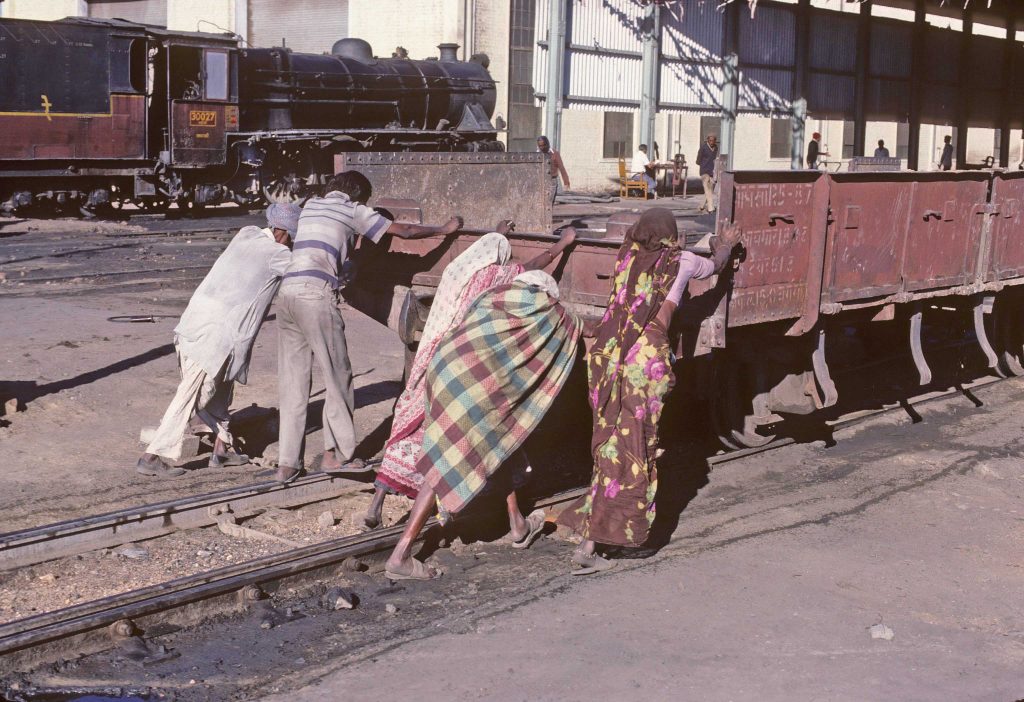
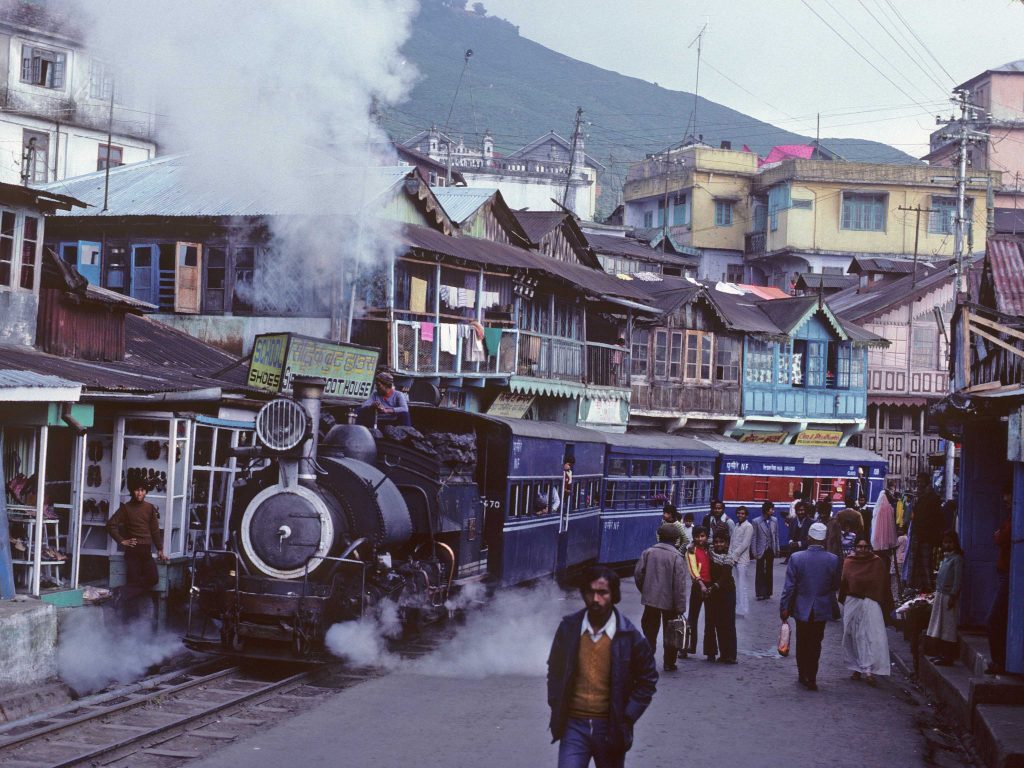
Editor: This was a fascinating presentation by Rich and Linda Thom that provided a colorful glimpse into the widely (and dare I say “narrowly”) variable types of railroad subjects in India, a country still very much dependent on railroads for travel, commuting and commerce. All had a great time and again thanks to the Thoms for sharing their travel adventures.

